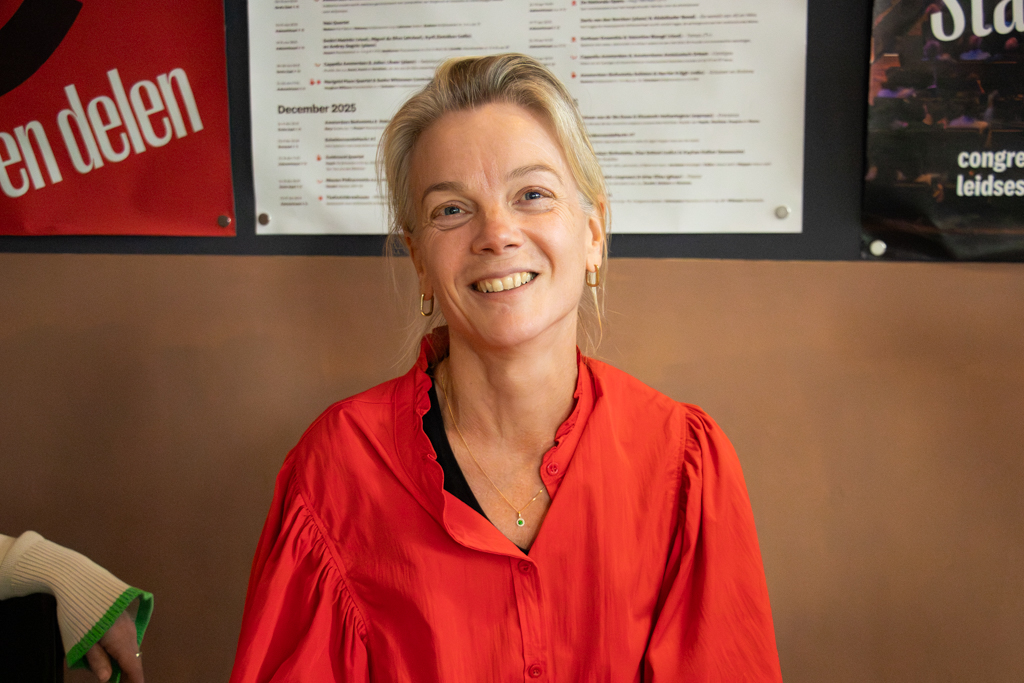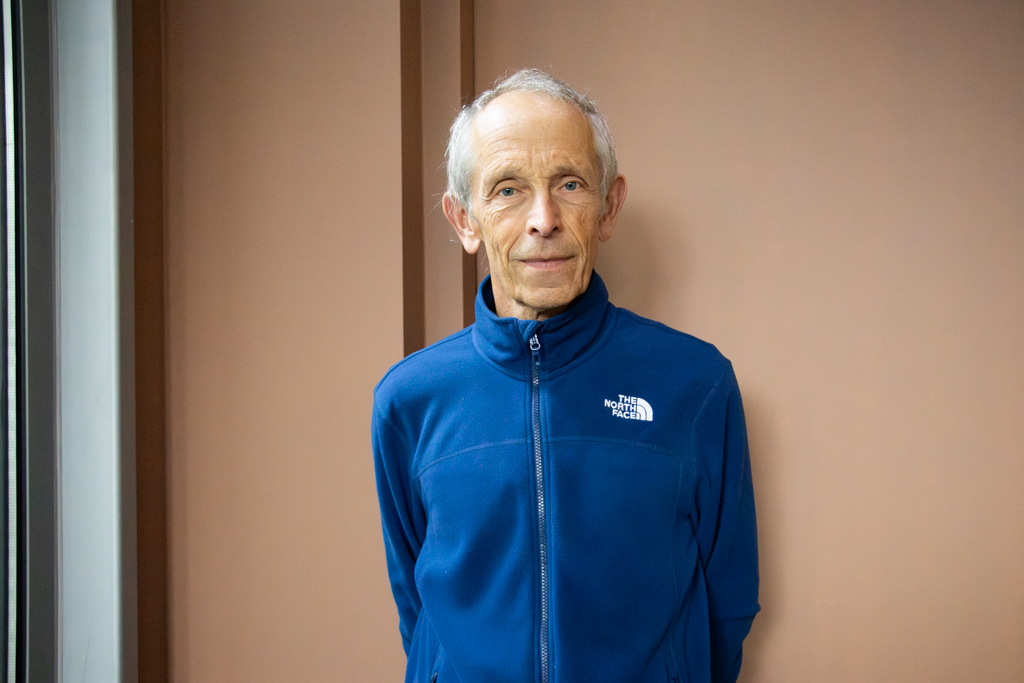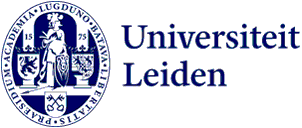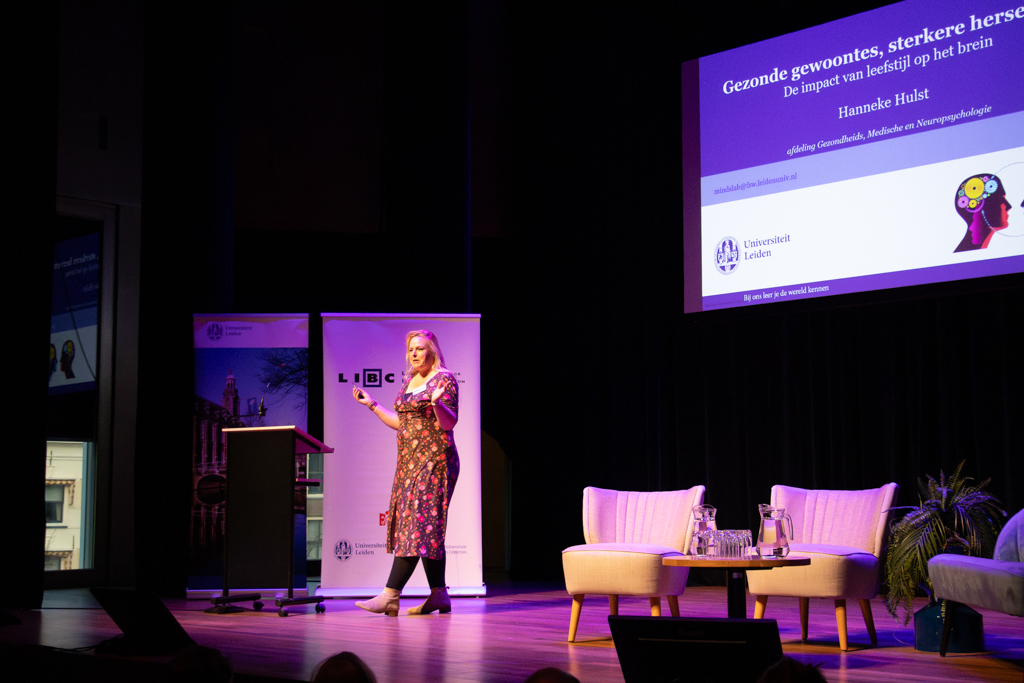
Why there is plenty of hope for the brain
From historical understandings to new treatments: during the Public Day of the Leiden Institute for Brain & Cognition, curious visitors learned how rapidly research into brain disorders is evolving. ‘I found the neurosurgery and the research on organoids on chips particularly fascinating.’
Last Friday, the purple theatre seats of the Stadsgehoorzaal filled with people interested in brain research. It was once again time for the LIBC Public Day, an annual event designed to make research findings in the field of brain and cognition accessible to a broad audience. This year’s theme highlighted hopeful developments in the understanding and treatment of brain diseases. From new scientific insights to promising therapeutic approaches, it was all covered.

Marjolein attended together with fellow physiotherapists from Raamwerk. ‘Our work focuses mainly on people with brain injuries. That’s why we’re here: to learn more about the research behind it. Our profession is deeply connected to the brain, and it’s inspiring to spend a day learning in a different context and then immediately link that knowledge back to our clients.’
From past to present: rapid advances in brain research
The day began with a journey through time. Dr Mieneke te Hennep explained how people used to think about the brain and brain diseases. A live demonstration of a neurological examination, using MRI and EEG, illustrated just how significant technological progress has been in this field.
That progress became even clearer when Professor Willeke van Roon-Mom explained how a type of molecular ‘plaster’ can now be used to treat certain rare genetic brain disorders.

Jean-Claude, who works on the Medical Ethics Review Committee (METC), attended the event out of a broad interest in medical science and research. ‘I particularly enjoyed the sessions on neurosurgery and the organoids-on-chips research. A day like this motivates me to read more and keep exploring. It also lets me see science from a different perspective.’
Patient organisations connect scientific research with lived experience
Alongside the researchers, there was also space for a conversation with representatives from the patient organisation HCHWA-D. This association supports people with D-CAA, also known as the Katwijk disease. It was founded to break taboos and stimulate research. Sanne van Rijn explained why such an organisation is vital, what it is like to live with a rare genetic condition, and what it means to take part in scientific studies.

Paula, former executive secretary of the Medical Ethics Committee at the LUMC, visited the event out of both personal and professional interest. ‘What stayed with me most was how people who are so specialised in something can still make it accessible to a wider audience.’
Lifestyle as medicine
The day concluded with Professor Hanneke Hulst, who discussed lifestyle choices that help keep the brain healthy. Visitors went home with practical advice, such as staying physically active, eating well, and maintaining social contact—simple steps that support brain health after a day full of new insights.






